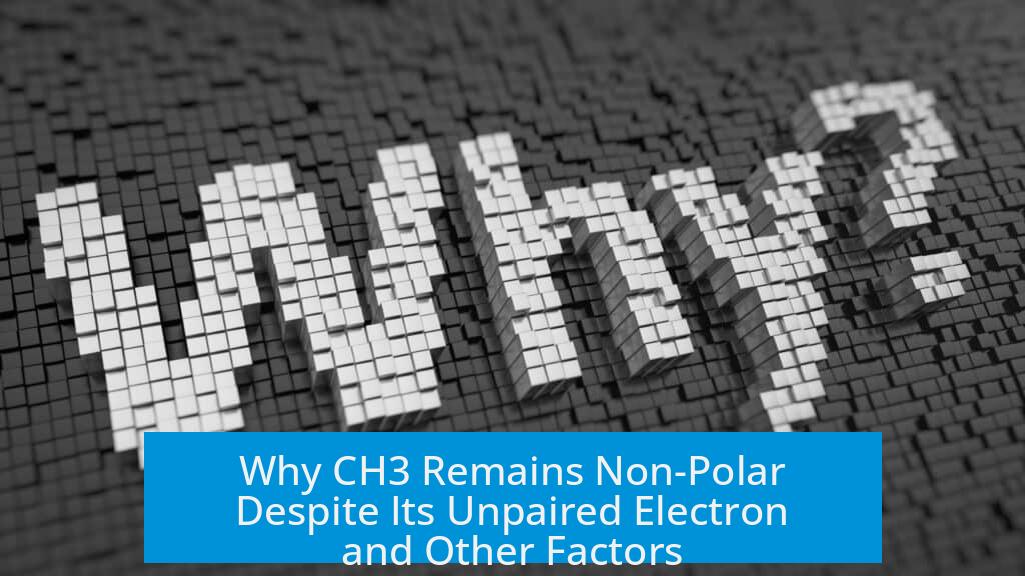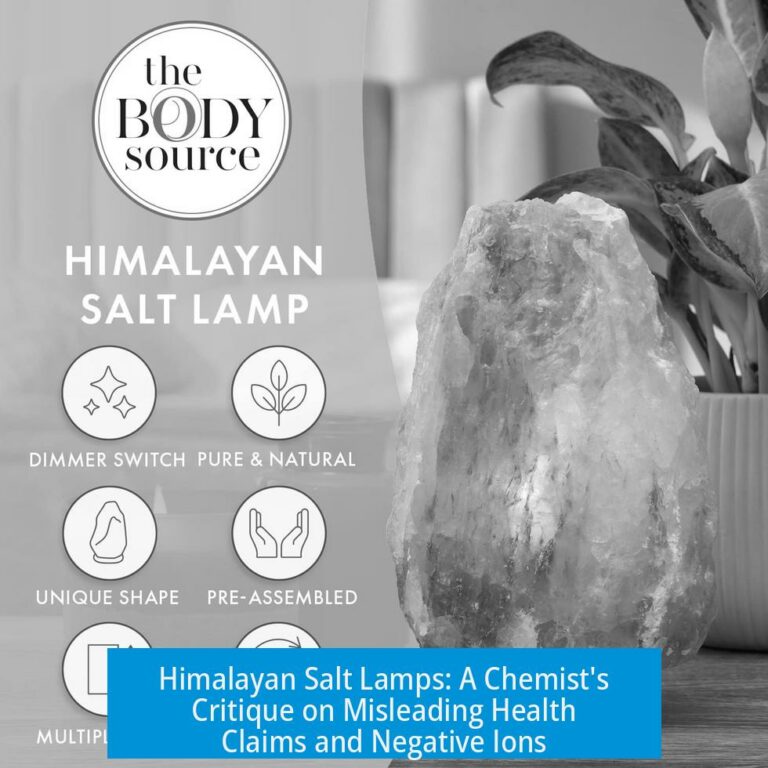Why is CH3 Non-Polar Despite Having an Unpaired Electron?

The methyl radical (CH3) is non-polar because its geometry and electron distribution lead to symmetrical charge arrangement, canceling any net dipole moment despite the presence of an unpaired electron.
Geometry and Electron Distribution
The methyl radical adopts a trigonal planar geometry with D3h symmetry, positioning the three hydrogen atoms evenly around the central carbon atom. The unpaired electron resides in a p orbital oriented perpendicular to the plane of the CH3 group. This electron’s probability distribution is equal above and below the plane.
Because the unpaired electron is equally likely to be found on either side of the molecule, it does not create an overall directional charge imbalance. Hence, no net dipole arises from this electron.
Cancellation of C–H Bond Dipoles
Each carbon-hydrogen bond has a small dipole due to the slight difference in electronegativity. However, the three C–H bonds are symmetrically arranged at 120° angles in the trigonal planar structure. Their dipole moments cancel each other out exactly, resulting in a molecule with no overall dipole moment.
Alternative Geometry and Its Impact
If CH3 were to adopt a trigonal pyramidal geometry (C3v symmetry), the dipole moments would no longer cancel perfectly. This distortion would lead to a dipole moment. However, this shape is less stable because it breaks the molecule’s symmetry and increases its energy.
Electronegativity and Stability
Replacing hydrogen atoms with more electronegative atoms, such as fluorine, can stabilize the trigonal pyramidal form, making it energetically favorable. In such substituted molecules, dipole moments become significant due to asymmetry in bonds and altered electron distributions.
VSEPR Theory and Advanced Models
While the Valence Shell Electron Pair Repulsion (VSEPR) theory can offer a basic prediction of molecular geometry, it does not account fully for unpaired electrons or effects arising from radical species. Detailed electronic structure calculations provide a more accurate understanding of the methyl radical’s properties.
Key Points
- CH3 has trigonal planar geometry with equal bond angles.
- The unpaired electron occupies a p orbital perpendicular to the plane, symmetrically distributed.
- C–H bond dipoles cancel due to symmetric arrangement.
- Trigonal pyramidal form would have a dipole but is less stable.
- Substitution with electronegative atoms can induce polarity and alter geometry.





Leave a Comment